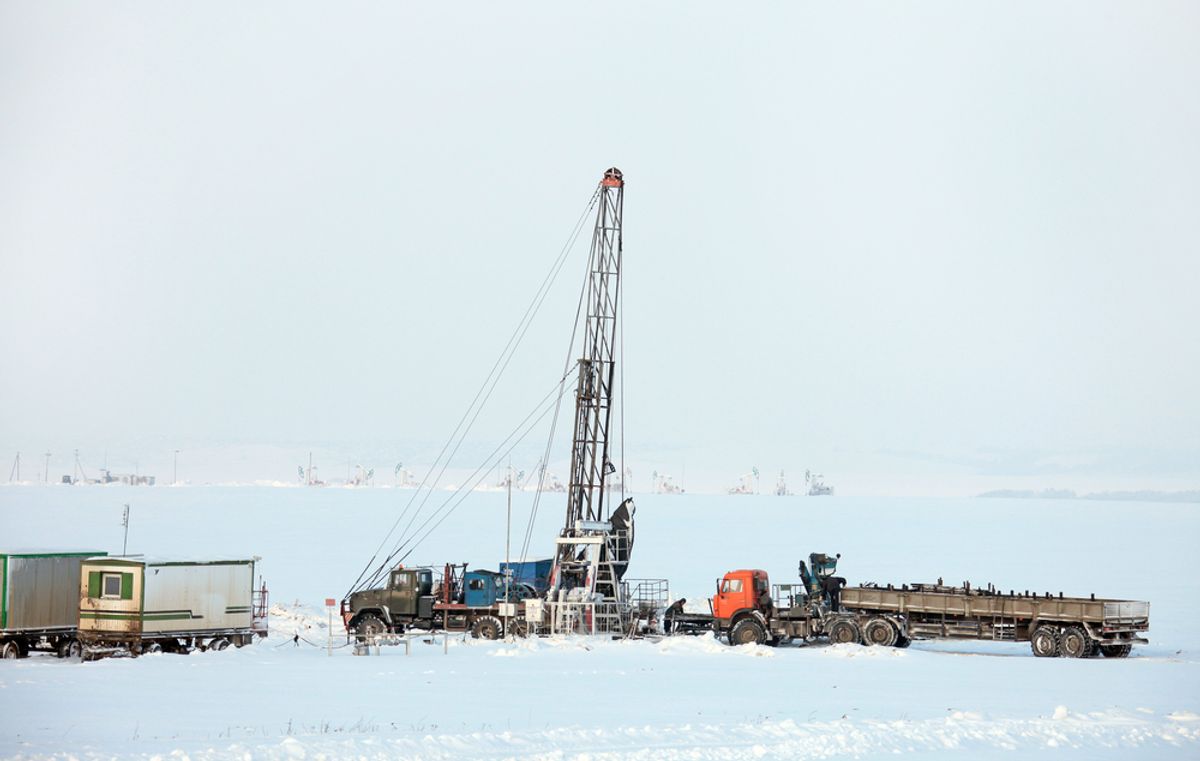As if antibiotic-resistant superbugs weren't enough to worry about, researchers bring bad news from the Siberian tundra: a giant, 30,000-year-old virus has been revived from the region's melting permafrost. And it's still infectious.
This particular virus doesn't pose a threat to humans, scientists are quick to caution. But it raises the scary possibility that the next one might. Here's more from L.A. Times:
The latest find, described online Monday in the Proceedings of the National Academy of Sciences, appears to belong to a new family of mega-viruses that infect only amoeba. But its revival in a laboratory stands as “a proof of principle that we could eventually resurrect active infectious viruses from different periods,” said the study’s lead author, microbiologist Jean-Michel Claverie of Aix-Marseille University in France.
“We know that those non-dangerous viruses are alive there, which probably is telling us that the dangerous kind that may infect humans and animals -- that we think were eradicated from the surface of Earth -- are actually still present and eventually viable, in the ground,” Claverie said.
With climate change making northern reaches more accessible, the chance of disturbing dormant human pathogens increases, the researchers concluded. Average surface temperatures in the area that contained the virus have increased more steeply than in more temperate latitudes, the researchers noted.
“People will go there; they will settle there, and they will start mining and drilling,” Claverie said. “Human activities are going to perturb layers that have been dormant for 3 million years and may contain viruses.”

Shares